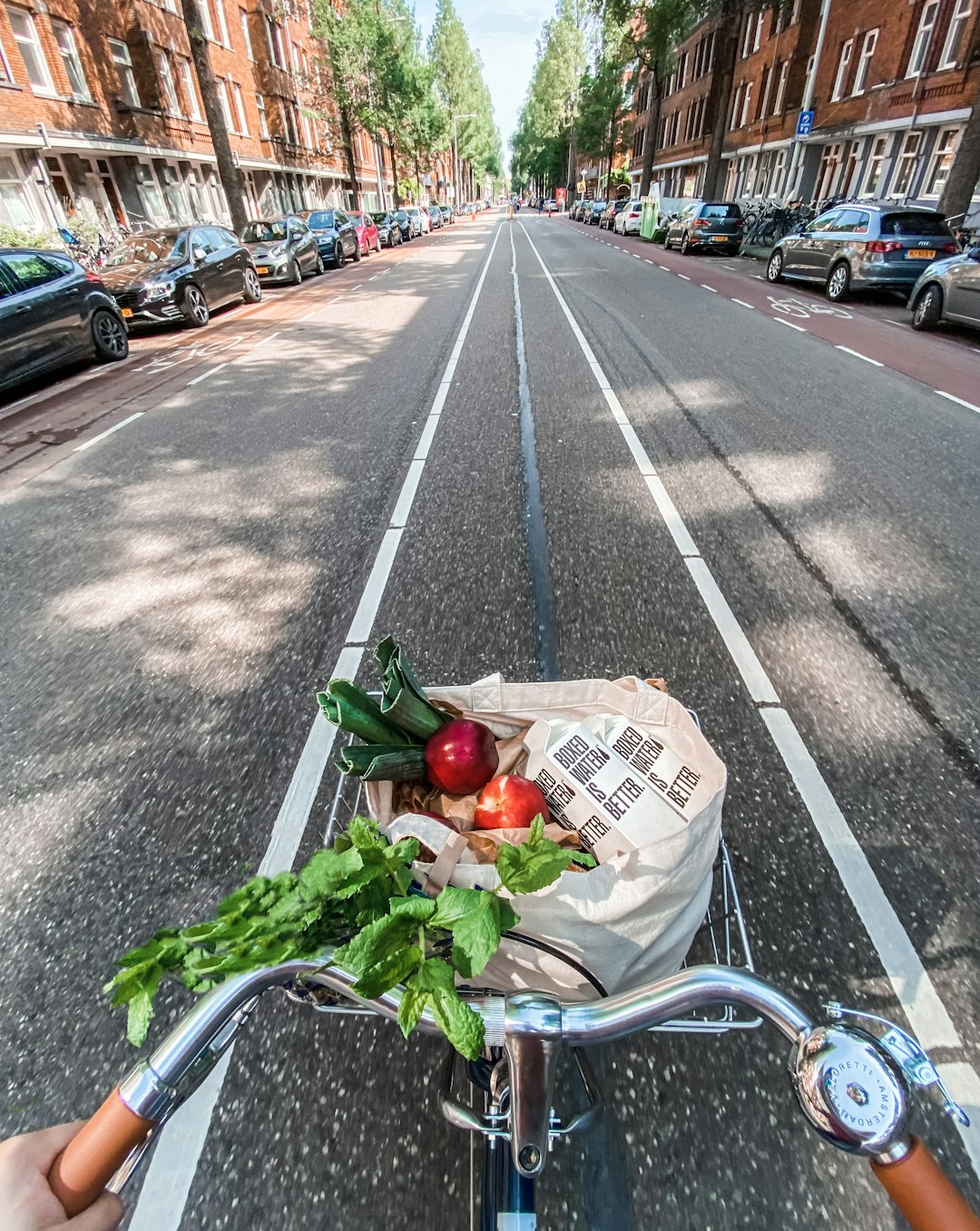Wahoo! Earlier this week, CERO composted it's two millionth pound of food waste. With nearly three months still to go in 2016, we've diverted more than 150% of what we did in all of 2015. The road to this point has been full of challenges, and we are both thrilled and proud to hit this milestone. We couldn't have done it without our incredible partners like America's Food Basket, Wegmans, Dudley Dough, Daily Table, Tropical Foods, DiSilva Fruit, b.good, The Frogmore, Fairsted Kitchen, Boston Public Market and countless others. Y'all are rockstars.
According to a 2015 UW-Madison study, landfilling one ton of food waste results in the emission of 0.71 tons CO2e. This is due mostly to methane emissions that are produced when food waste is buried and forced to break down under anaerobic conditions (no oxygen). On the other hand, composting a ton of food waste results in a net reduction of 0.24 tons CO2e, due to carbon sequestration. This means that for every pound of food waste composted, we are effectively putting carbon back into the ground. It sounds too good to be true, but nature has been doing it for millions of years!
When food breaks down under natural conditions, the nutrients are returned to the soil to be used by future plants. This creates a sustainable cycling of nutrients, which is what CERO strives to do. This is in direct opposition to landfilling, which leaves these nutrients stranded and sealed underground, never to be returned to the natural environment or cycled into new plants.
So, what is the climate change effect of your food waste? We've created this handy calculator to do the math for you. Just plug in the amount of food waste you think your business is producing (check out this reference if you're unsure) and it will tell you the resulting CO2e from landfilling, as well as the net CO2e reduction if that same food waste were composted instead. Finally, we've used the EPA standard to determine what your saved CO2e would look like in terms of cars taken off the road for a year. (Psst: if you're not a business and your numbers are too small, get this: an average U.S. family of four produces the same amount of CO2e every year through wasted food as an average SUV would produce driving 1,000 miles from Boston to Chicago).
Enjoy the calculator, and share with anyone who might find it useful!



